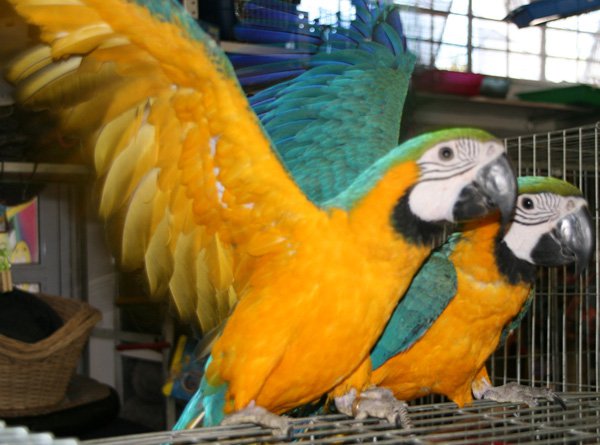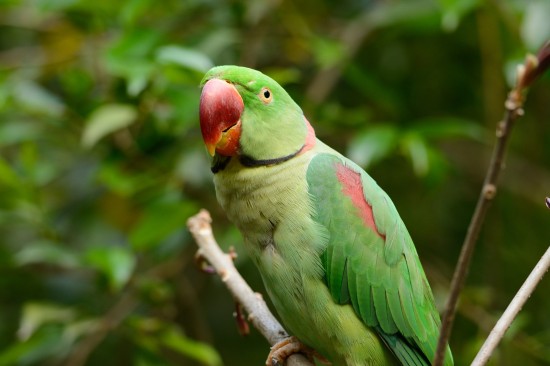

The following is a list of fruits and veggies that are safe and healthy for your dog. Most of them can be found in dry and wet dog food formulas on the market today- I have included some of those selections. These fruits and vegetables contain vitamins, minerals and nutrients that are important in sustaining a healthy immune system in canines. But remember- when serving cooked produce to dogs always be sure to not exceed the appropriate portions. It is also recommended to remove the skin of the fruit or vegetable. If unsure it is always best consult your veterinarian.
Fruits and vegetables can provide your dog with essential vitamins and minerals naturally rather than in supplement form. Vitamins such as A and E can help your dog lose weight by promoting fat burning while fighting disease. This is good news since a high number of dogs in the United States are currently overweight or obese. Vitamin C is an immune system booster while minerals like iron is needed for healthy blood and potassium supports heart health.
Tips for Feeding Fruit to Dogs
Be sure to wash all fruits and remove rinds, inedible skins, seeds, and pits before feeding to pets.
Apple, Apricot, Banana, Blueberries, Cantaloupe, Mango, Orange, Pear, Pineapple, Raspberries, Strawberries, Watermelon
Consider steaming or boiling cruciferous veggies such as broccoli, cauliflower, and cabbage, as they are much easier to digest when they are cooked.
Asparagus, Bell peppers (red, green, yellow), Broccoli, Cabbage, Carrots, Cauliflower, Celery, Cucumber, Green beans, Lettuce, Pumpkin, Spinach, Sweet potato
Here is a brief list of healthy treats that have been found to go over well with a lot of pets, followed by a list of foods you will need to avoid.
Yes:
No:
Fruits and vegetables can offer your pet added nutritional value. They are the preferred source of many vitamins and minerals, especially when compared to the alternative of synthetic or isolated vitamin additives.
Because vegetables are often tertiary ingredients in most pet foods, you will usually find them listed after the protein and fat sources in the ingredient list. That doesn't mean you shouldn't look for them however. Foods rich in fruits and vegetables are naturally tasty, sweet, and antioxidant laden when compared to those without. And they often contain less artificial additives than foods with little or no fruits and vegetables in their recipe.
 Living With Fiv (feline Immunodeficiency Virus)
Living With Fiv (
Living With Fiv (feline Immunodeficiency Virus)
Living With Fiv (
 Five Universal Personality Traits Of The Hungarian Vizsla
Five Universal Pe
Five Universal Personality Traits Of The Hungarian Vizsla
Five Universal Pe
 Alexandrine Parakeet
Alexandrine Parak
Alexandrine Parakeet
Alexandrine Parak
 Keeping Pets Safe Around Electrical Cords
Keeping Pets Safe
Keeping Pets Safe Around Electrical Cords
Keeping Pets Safe
 Testing A Puppy’s Aptitude And Intelligence
Testing A Puppy’s
Testing A Puppy’s Aptitude And Intelligence
Testing A Puppy’s
Copyright © 2005-2016 Pet Information All Rights Reserved
Contact us: www162date@outlook.com